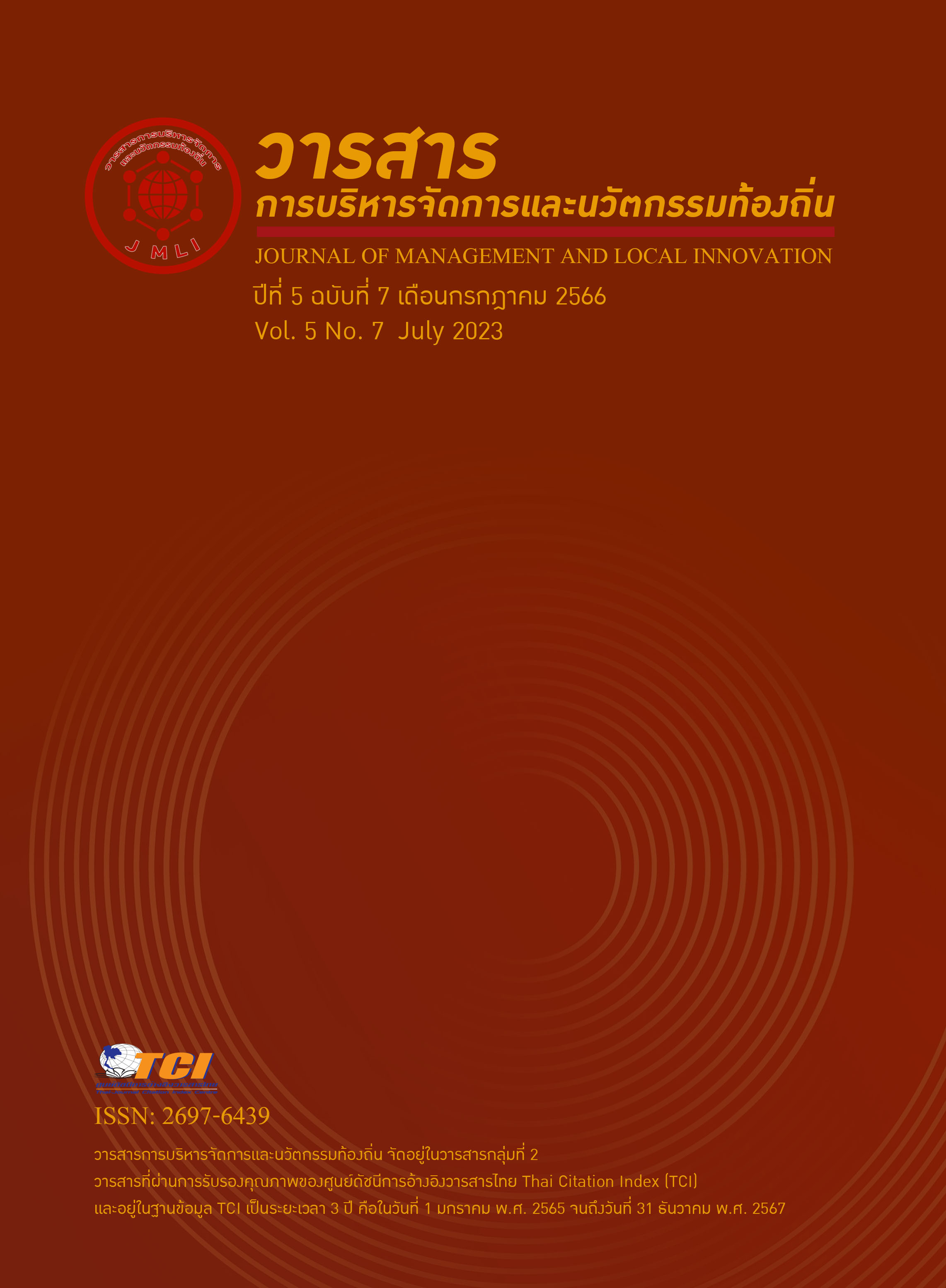The Curriculum Development for Making Products from Thai Song Dam Woven Fabrie of Khao Yoi District Non-formal and Informal Education Center, Phetchaburi Province by using the Participatory Action Research Process
Keywords:
curriculum development, the products from Thai Song Dam woven fabric, participatory action researchAbstract
The purposes of this research were 1) to study the local principal knowledge about making from Thai Song Dam woven fabrics products 2) to develop the curriculum of making from Thai Song Dam woven fabrics products of Khao Yoi District Non-formal and Informal Education Center, Phetchaburi Province by using the participatory action research process 3) to study the results of Thai Song Dam woven fabric products Curriculum usage. The target group are administrator of the educational institution, teachers, expert about the vocational continuing education, community leader, leaders of the occupational group, village sages, learners of the continuing education. The totals are thirty-four persons. The research instruments are the interview, the knowledge's test, the practice skill assessment form and the desirable characteristics assessment form. The statistics used for the data analysis were percentage, mean, standard deviation and the contents analysis. The research's results are found that 1. the local principal knowledge about making Thai Song Dam woven fabric products are the compositions of 1) the history of Thai Song Dam woven fabric 2) the clothing of Thai Song Dam 3) the original products making of Thai Song Dam woven fabric 4) the contemporary products making of Thai Song Dam woven fabric 5) the administration of the vocation 2. the curriculum development from the making of Thai Song Dam woven fabric products is the composition of the 1) background of curriculum 2) principals of curriculum 3) objective 4) curriculum structure 5) learning management plans 6) media and learning resources 7) measurement and evaluation. 3. It was found from the curriculum usage that the learners have the higher score of the post-test than the pre-test by 44.50 percentage. The learners had the practical skill at a very good level and had the preferable characteristics of work at the very good level. The curriculum evaluation results is appropriate and meets the needs of the community can be used in practically.


